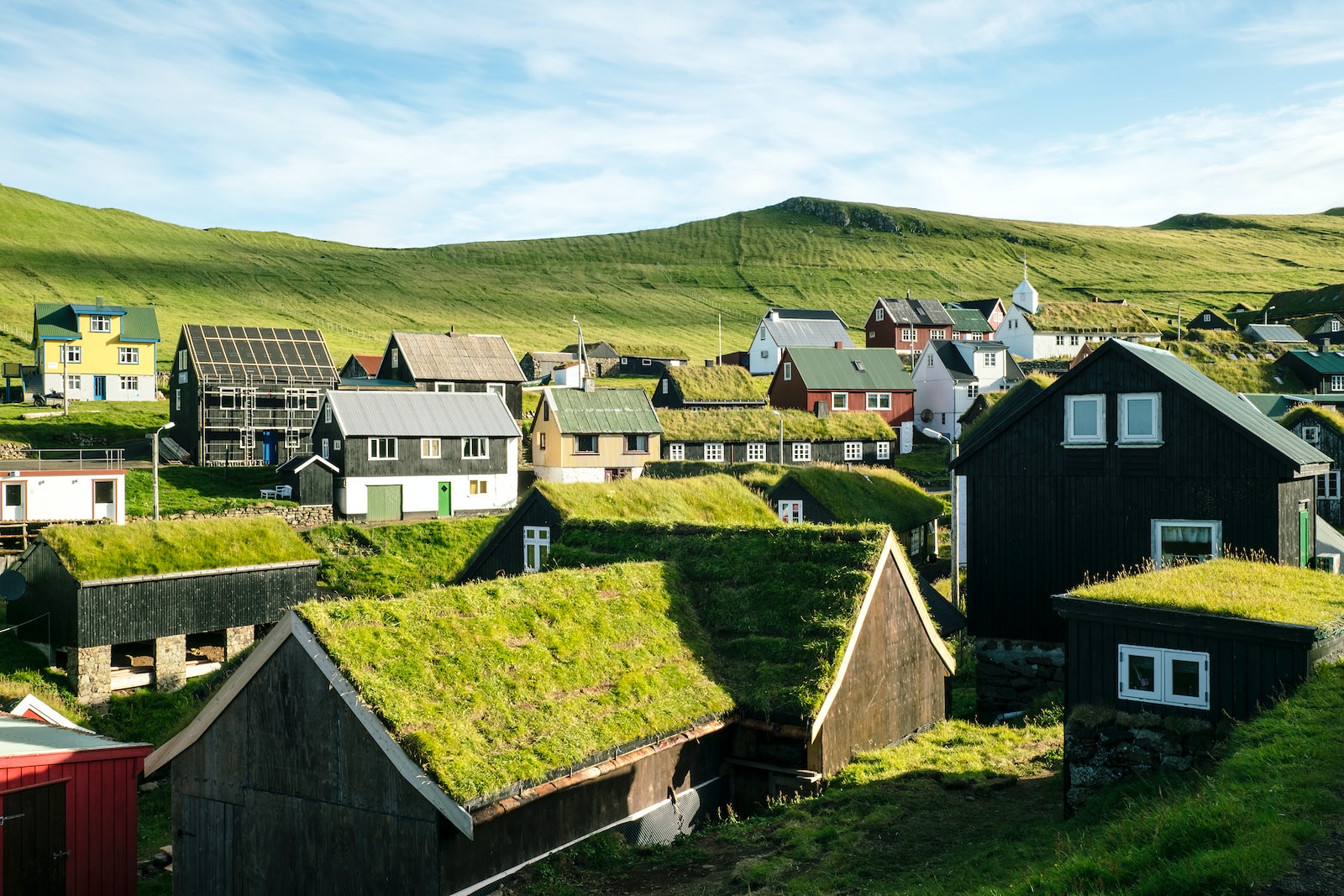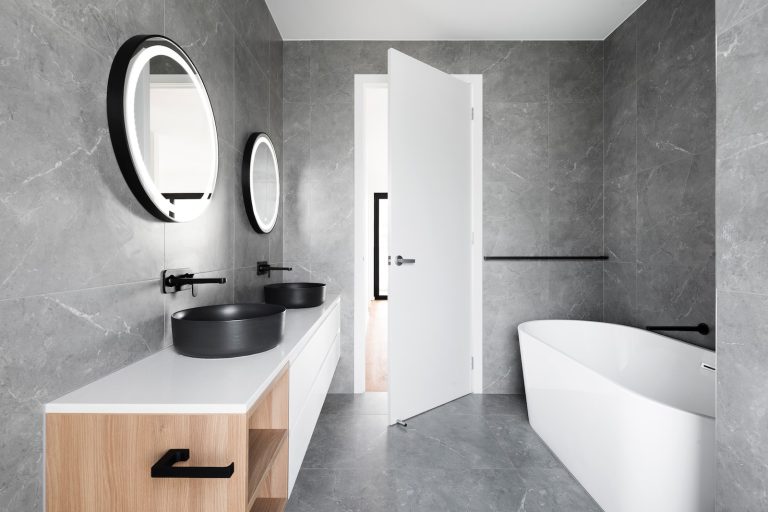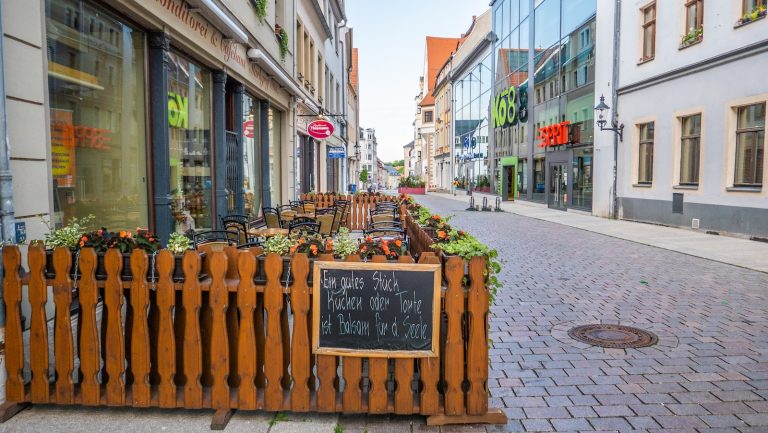Benefits of Adding A Green Roof to Your Home

Are you looking for a way to spruce up your home and make it more energy-efficient? Look no further than a green roof! This innovative method of adding vegetation to your home’s rooftop has numerous benefits, from reducing energy costs to improving air quality.
Not only will it boost the curb appeal of your property, but it can also help reduce our carbon footprint on the environment. In this blog post, we’ll explore some of the top benefits of adding a green roof to your home and how you can get started on this exciting project.
Green Roof Overview
Adding a green roof to your home has many benefits, including reducing your energy costs, improving your home’s appearance, and increasing your home’s resale value.
A green roof is a layer of vegetation that is placed on top of a building. Green roofs can be used on both commercial and residential buildings. There are two types of green roofs: intensive and extensive. Intensive green roofs are thicker and can support larger plants. Extensive green roofs are thinner and can only support smaller plants.
Green roofs help to reduce a building’s energy costs by providing insulation. They also help to improve air quality and reduce noise pollution. In addition, green roofs can increase a building’s resale value by up to 7%.
Benefits of a Green Roof
A green roof can offer many benefits to a home, including improved energy efficiency, reduced stormwater runoff, and enhanced curb appeal.
- Improved Energy Efficiency: One of the main benefits of a green roof is that it can help to improve the energy efficiency of a home. A green roof helps to insulate a home from the hot summer sun and the cold winter weather. This can lead to lower energy bills and a more comfortable home year-round.
- Reduced Stormwater Runoff: Another benefit of a green roof is that it can help to reduce stormwater runoff. When it rains, the vegetation on a green roof helps to absorb some of the water and slow down the flow of water off the roof. This can help to reduce flooding and soil erosion around a home.
- Enhanced Curb Appeal: A green roof can also enhance the curb appeal of a home. A well-designed green roof can add value to a home and make it more attractive to potential buyers.
What is a Green Roof?
A green roof is a roof that is partially or completely covered with plants and vegetation. Green roofs can be found on both residential and commercial properties. There are many benefits to adding a green roof to your home, including:
- Reduced energy costs: Green roofs can help to insulate your home and keep it cooler in the summer and warmer in the winter, resulting in lower energy costs.
- Improved air quality: Plants naturally filter the air, so having a green roof can help to improve the air quality both inside and outside of your home.
- Noise reduction: The vegetation on a green roof act as a sound barrier, helping to reduce noise pollution.
- Extended roof life: The vegetation and soil on a green roof act as a natural protection for the roof, helping to extend its life.
Types of Green Roofs
There are two main types of green roofs: intensive and extensive. Intensive green roofs are thicker, with a layer of soil that can support more plant life. These rooftops are usually only found on commercial buildings because of the extra weight they add to a structure.
Extensive green roofs are thinner, with a shallow layer of growing media. These types of rooftops are more common on residential homes.
Construction and Installation of a Green Roof
Green roofs are becoming an increasingly popular home improvement option, as they provide a number of benefits to both the home and the environment. If you’re considering adding a green roof to your home, read on to learn more about the construction and installation process.
A green roof is essentially a layer of vegetation that is placed over a traditional roof. The vegetation can include anything from grasses and sedums to shrubs and trees. Green roofs can be either intensive or extensive, depending on the amount of vegetation that is used.
The first step in installing a green roof is to create a water-proof barrier. This barrier will prevent moisture from seeping into your home and causing damage. Next, a drainage system is installed to ensure that excess water can drain away quickly. After the drainage system is in place, a layer of protection is added to keep the vegetation healthy. Finally, the vegetation itself is planted and cared for.
Extensive green roofs are less expensive and easier to install than intensive green roofs. However, they don’t provide as many benefits as intensive roofs. Intensive roofs are more expensive and require more maintenance, but they offer greater protection for your home and can even be used as outdoor living space.
If you’re interested in adding a green roof to your home, talk to a professional about which option would be best for you. They can help you plan for the costs and installation process so that you can enjoy all the benefits of this eco-friendly home improvement.
Maintenance and Cost Considerations
As with any type of home improvement project, there are maintenance and cost considerations to take into account before adding a green roof. In terms of maintenance, green roofs need to be regularly watered and weeded, and the plants may need to be trimmed back periodically. The good news is that many types of green roofs are self-sustaining and require little upkeep.
In terms of cost, green roofs can be more expensive than traditional roofing materials, but they offer long-term savings in energy costs and can increase the value of your home. Overall, green roofs are a wise investment for any homeowner looking to go green and save money in the long run.
Economic Advantages of Having a Green Roof
There are plenty of economic advantages to having a green roof. One of the most obvious is energy savings. A well-designed green roof can reduce cooling costs in the summer by up to 50%. In the winter, a green roof helps insulate your home, which can lead to significant heating cost savings.
Another economic advantage of having a green roof is increased property value. A study by the National Resources Defense Council found that homes with green roofs sell for 7% more than homes without them.
Last but not least, green roofs can help save money on stormwater management. traditional roofs allow rainwater to run off and eventually end up in sewer systems or waterways. Green roofs help absorb rainwater, which reduces strain on these systems.
Where to Find More Information
There are many ways to find more information about the benefits of adding a green roof to your home. You can start by doing a simple Google search, which will give you a variety of results from different sources.
Another great way to get more information is to check out some of the many websites dedicated to green roofs. These websites can provide you with a wealth of information, including how to design and install a green roof, what type of plants are best for a green roof, and how to maintain your green roof.
If you want even more detailed information, you can always consult with a professional green roof contractor or landscape architect. They will be able to answer any questions you have and help you plan and install the perfect green roof for your home.
Conclusion
Overall, adding a green roof to your home has significant benefits for both you and the environment. Not only does it help regulate the temperature of your home as well as reduce energy costs and noise pollution, but it also helps increase biodiversity in urban areas. Installing a green roof can be an expensive process, but with its many beneficial aspects and aesthetic charm, it is an investment that may just be worth your time and money!

Emma is a talented writer and enthusiastic gardener who shares her passion for plants and gardening on HomeGardenBlog.com. With years of experience in home gardening, Emma has become an expert in everything from planting and harvesting to pest control and soil management.






